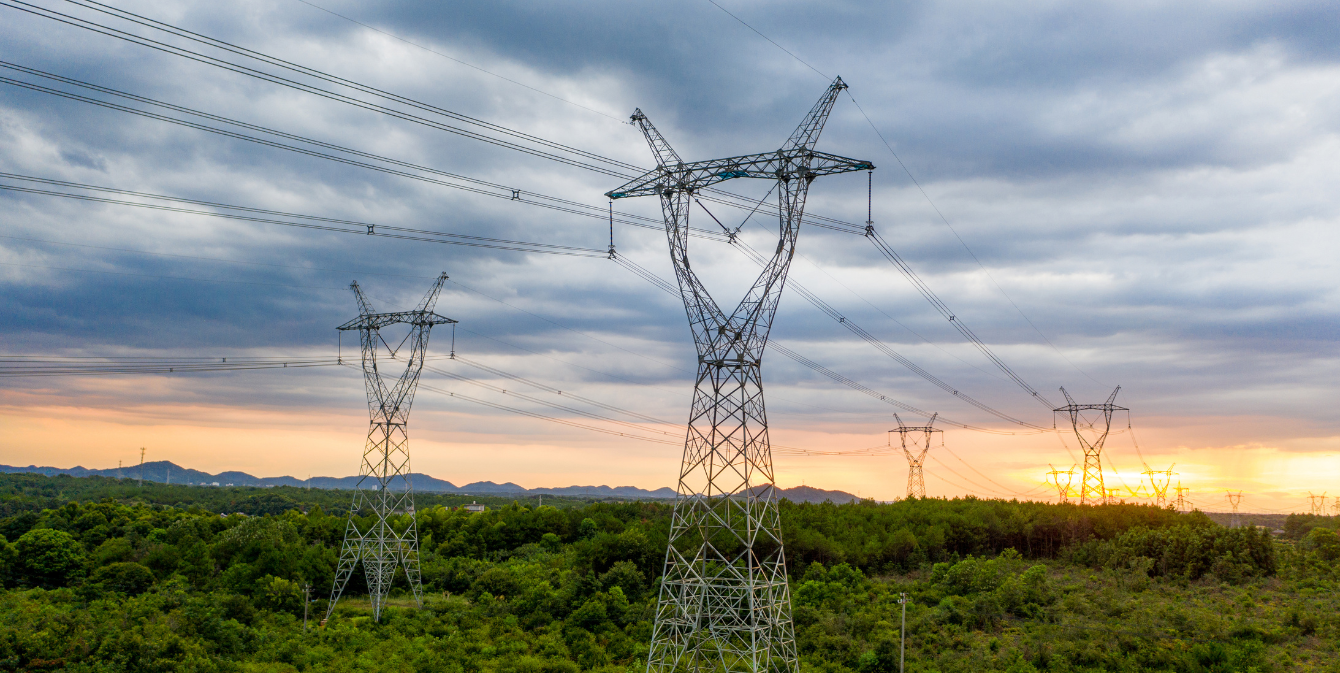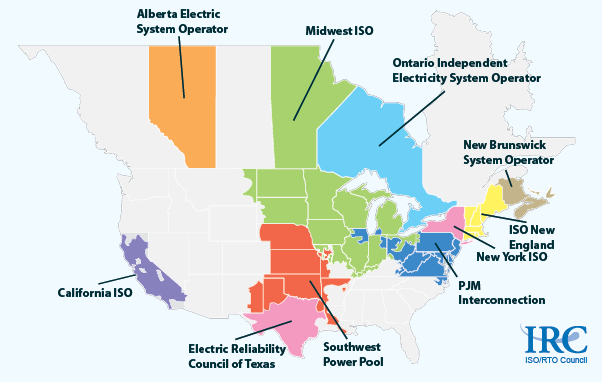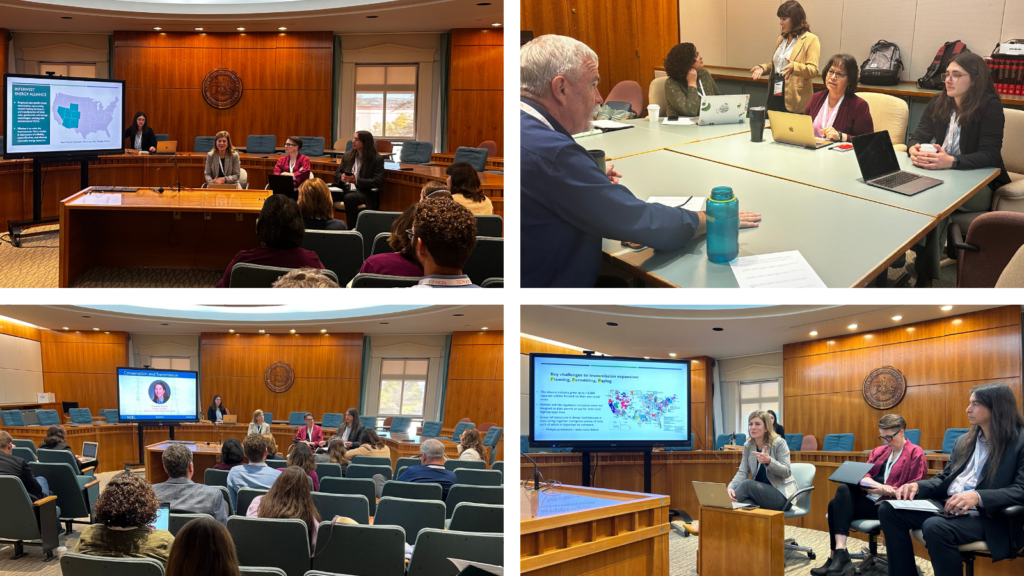
NCEL Blog
Understanding RTOs: the West
December 13, 2023
Refresher: What is an RTO?
While states set their own clean energy goals and utility policies, wholesale markets and electricity transmission between states are regulated by the Federal Energy Regulatory Commission (FERC). In many cases, this is organized through regional transmission organizations (RTOs). RTOs are responsible for some combination of the following functions: designing and running energy spot markets, managing a capacity market which ensures that electricity supply meets future demand with adequate reserves), transmission planning, providing transmission service, and administering a generator interconnection process.
Does the West have an RTO?
At present, there is no RTO in the Western United States, except for California, where grid operations are overseen by the California Independent System Operator (CAISO). The states with the potential to establish or join an RTO include Arizona, Colorado, Idaho, Nevada, Montana, New Mexico, Oregon, Utah, Washington, and Wyoming.

Why Should You Care About an RTO in the West?
State legislators should consider the importance of supporting the creation of a Western RRTO for several reasons. A recent study found that a Western RTO has the potential to foster economic growth by generating between 159,000 and 657,000 permanent jobs by 2030 and contributing up to $79.2 billion annually to the gross regional product.
Equally significant is the potential for substantial cost savings of $2 billion per year for electricity customers. Additionally, the adoption of an RTO could boost investments in clean energy, taking advantage of the West’s abundant renewable resources. Also, during major weather events, utilities can experience blackouts and increased demand. With an RTO, regions can broaden the pool of available resources, making the grid more reliable, affordable, and efficient, particularly during extreme weather events. Also, RTOs are able to help with transmission development by conducting transmission planning, authorizing cost allocation, and reimbursing utilities or others for developing and upgrading lines. It is critical to continue building out transmission infrastructure as 80% of the Inflation Reduction Act’s value will be lost without transmission expansion.
What Have States Done Thus Far?
Colorado and Nevada have both adopted legislation to require transmission organizations to join RTO’s by 2030.
- Colorado S.B.072, enacted in 2021, which requires transmission utilities to join an organized wholesale market by 2030 and modernize the state’s electricity grid system.
- Nevada S.B.448, enacted in 2021, accelerates the construction of a massive transmission project and requires that the state join a regional transmission organization by 2030.
Other RTO’s like Southwest Power Pool (SPP) and CAISO are looking to expand into the Western states, creating an opportunity for Western states to join an already formed RTO.
In October 2023, 11 legislators from Colorado, New Mexico, Nevada, and Utah convened to discuss the future of transmission and energy in the region. The event featured conversations about navigating the variety of interests at play for transmission and clean energy development and how legislation that transcends party lines might help in balancing these interests.
